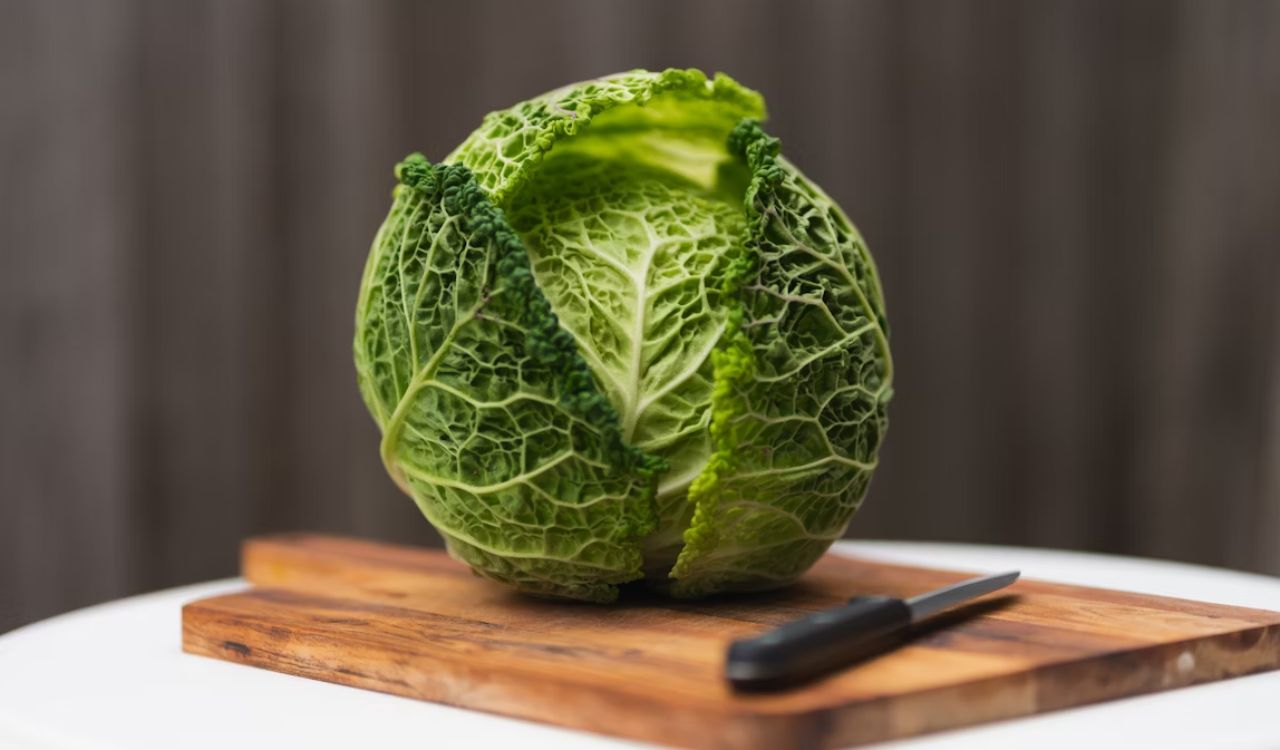Why Steve Martin Thinks Fancy Comfort Food Has Taken the Fun Out of Eating

Steve Martin recently found himself at the center of a viral food debate after sharing what looked like a gourmet version of grilled cheese and tomato soup. The 80-year-old comedy legend posted a photo of the meal with the caption, “SO THIS IS WHAT PASSES FOR TOMATO SOUP AND GRILLED CHEESE???? I FEEL SORRY FOR TODAY’S KIDS.”
The photo showed a carefully plated bowl of tomato soup topped with an olive oil swirl and a golden-brown sandwich filled with gooey cheese. Fans quickly flooded his comments, turning a simple joke into a full-blown comfort food conversation. Some agreed with his playful frustration, declaring that nothing beats the taste of Campbell’s tomato soup and white bread grilled cheese. Others teased him for sounding like a nostalgic curmudgeon.
But Martin’s humor often hides a clever observation, and this time it struck a cultural chord: have we taken the fun out of food by making it too fancy?
The Great Grilled Cheese Debate
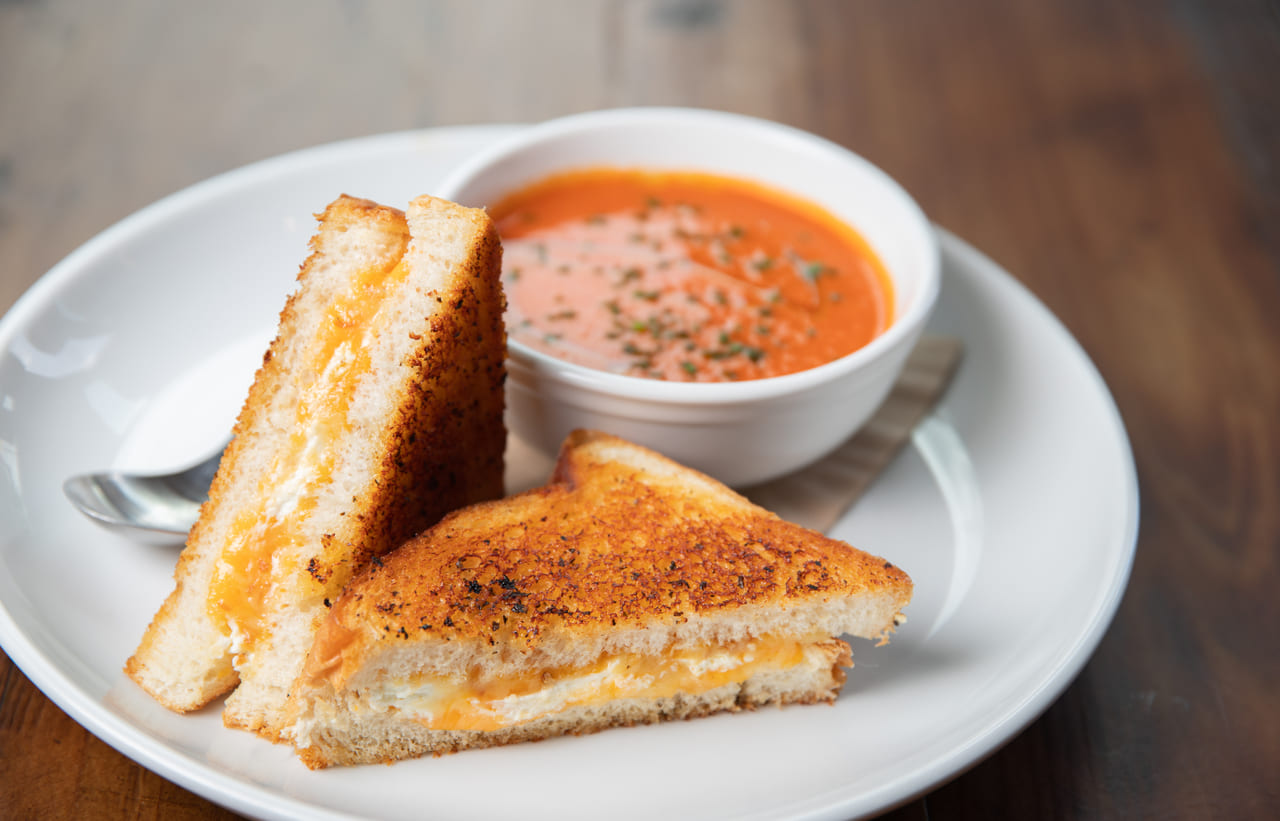
In the image that sparked the conversation, Martin’s meal looked more like it came from a high-end restaurant than a typical diner. The olive oil swirl and elegant presentation prompted jokes from his audience: questions about missing pickle spears, triangle cuts, or the artistic pattern in his soup filled the comment section.
It was later revealed that the dish came from chef Alex Guarnaschelli’s New York restaurant, Clara. Guarnaschelli responded publicly with good humor, saying, “This is my fault, Mr. Martin. Please enjoy.” The restaurant reposted the image, expressing gratitude for being featured in Martin’s “food series.”
Martin has used this format before: mocking modern reinterpretations of classic dishes. He’s made exaggerated complaints about raspberry soufflé, baked Alaska, salads with aioli swirls, and even his own birthday cake. In another post, he joked that the Ahi Tuna Towers of his childhood in the 1940s were “better back then,” clearly poking fun at the idea of culinary nostalgia.
His playful exaggeration is intended for comedic effect, but underneath the laughter is a real question: when does reinvention turn into overcomplication?
When Comfort Food Loses Its Heart
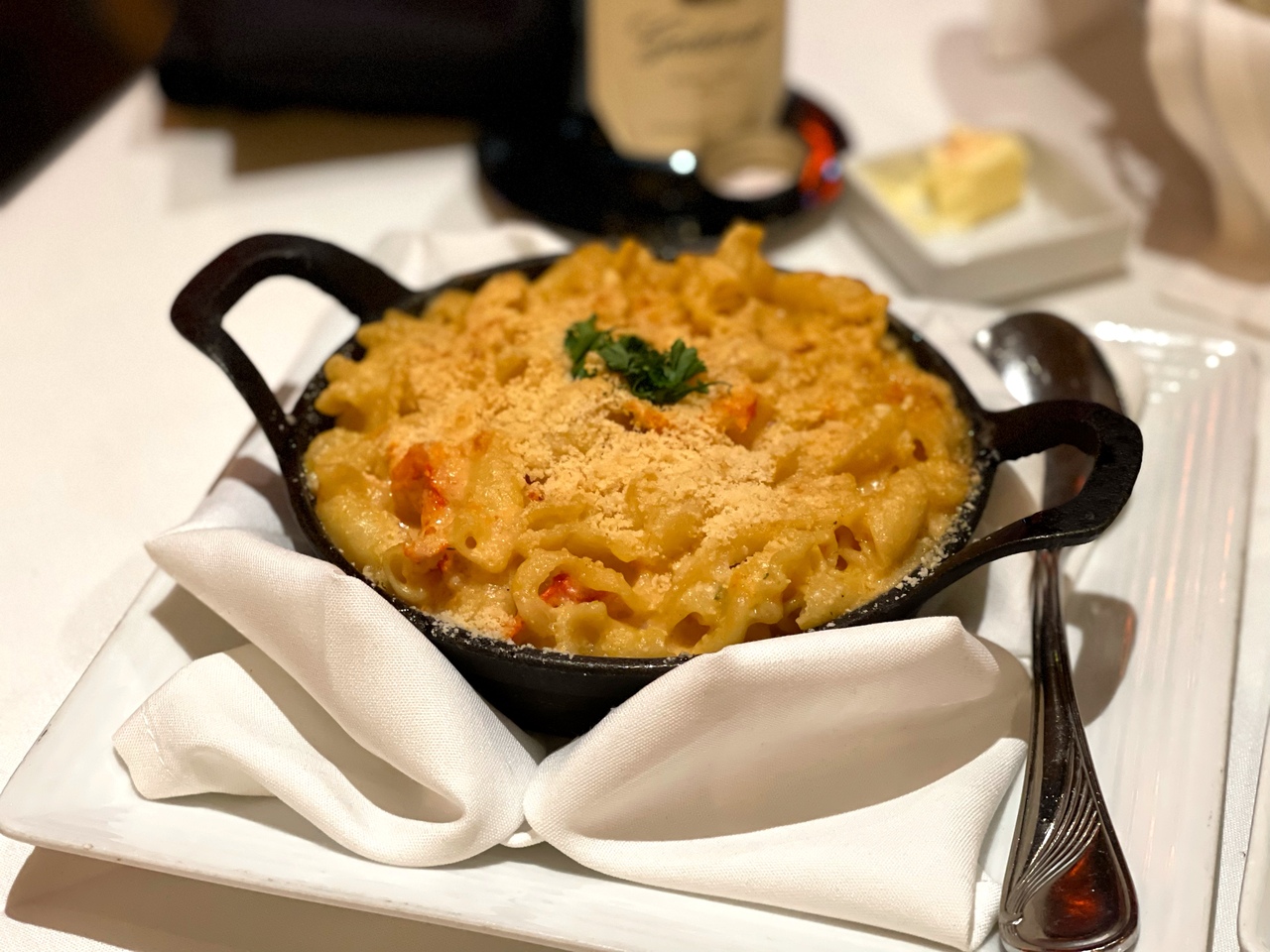
Over the years, chefs and restaurants have elevated comfort foods into gourmet dishes. Classics once known for simplicity now appear with imported cheeses, artisan breads, or luxury garnishes. This creativity can make food visually stunning, but it sometimes distances it from what made it comforting in the first place.
Comfort food is built on familiarity and memory. When you taste something that reminds you of childhood, family gatherings, or cozy weekends at home, that connection becomes part of the experience. A reimagined dish might look beautiful, but if it feels unrecognizable, it risks losing that emotional pull.
In Martin’s case, his exaggerated outrage over a fancy grilled cheese captures this perfectly. The joke reflects how easy it is to overthink what was meant to be simple, soothing, and accessible.
Why Simplicity Still Wins
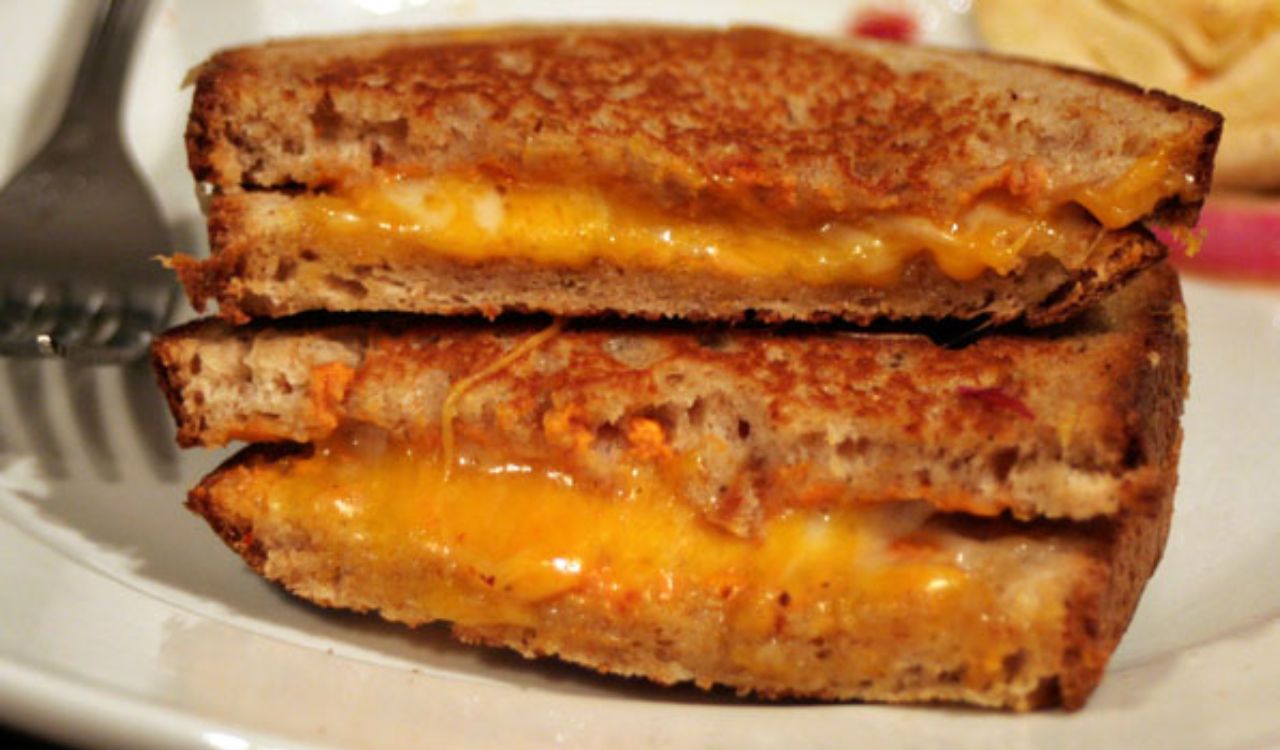
Psychologists and cultural researchers have found that comfort food triggers emotional memories tied to safety, warmth, and belonging. A simple meal like grilled cheese and tomato soup can evoke moments of care or childhood nostalgia. When chefs reimagine these dishes too dramatically, that emotional familiarity can fade.
A visually stunning version might still taste delicious, but it can feel detached. Food becomes performance instead of comfort. Martin’s humor works precisely because it taps into this feeling: that food doesn’t always need reinvention to be enjoyable.
Recent reports also show that consumers are rediscovering the appeal of traditional comfort foods. According to Food Navigator, there has been a noticeable rise in demand for nostalgic staples like casseroles, soups, and pasta dishes, as people continue seeking warmth and familiarity through food. Brands and restaurants are reintroducing these classics in creative but approachable ways that preserve their emotional connection.
Balancing Creativity and Tradition
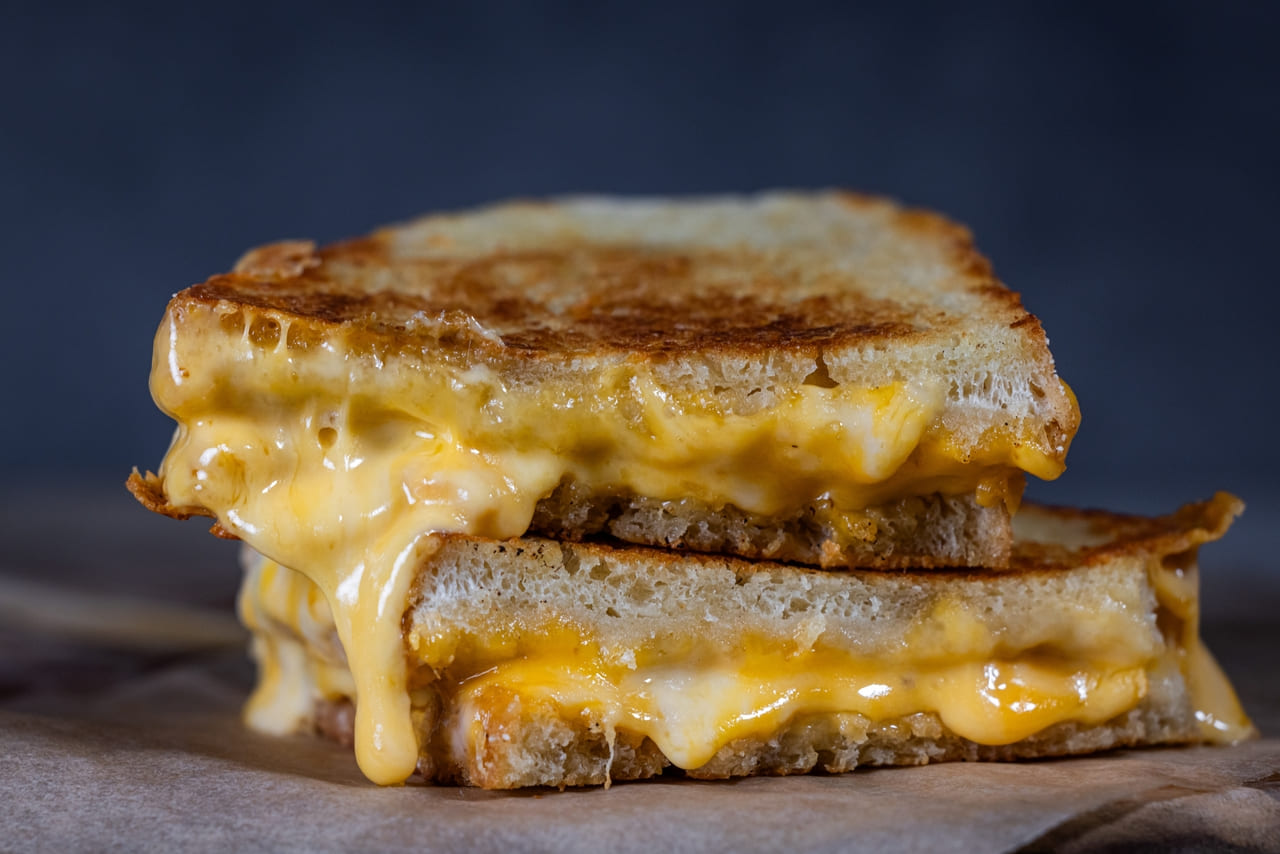
Martin’s joke highlights one extreme, but that doesn’t mean modern twists are always wrong. When done with care, updating a classic can honor its origins while adding freshness. The key is balance, enhancement without erasure.
Here are a few ways chefs and home cooks can modernize comfort food without losing its spirit:
- Use better versions of the same ingredients. High-quality cheese, fresh bread, and ripe tomatoes can elevate flavor without changing the dish’s essence.
- Keep presentation recognizable. Let the food’s natural warmth and texture take the lead instead of turning it into a design experiment.
- Offer both classic and creative versions. Diners appreciate choice; some want nostalgia, others like novelty.
- Preserve texture and emotion. The crunch of toasted bread or the warmth of soup is what makes the experience memorable.
For example, a chef could crisp the sandwich edges on a griddle or drizzle olive oil on the soup, but still serve it the way people remember. The heart of the dish stays intact, even with a refined touch.
Food, Humor, and the Human Touch

Steve Martin’s social media posts are first and foremost comedic. The all-caps rants, nostalgic exaggerations, and playful tone remind fans of his signature wit. But beneath the laughter is a subtle critique of modern dining culture.
He’s not truly railing against fancy food. He’s using humor to remind people that food should bring joy, not intimidation. Whether it’s tomato soup, birthday cake, or baked Alaska, the fun of eating should come from how it makes you feel, not how it looks on a plate.
In a digital age where social media celebrates food that photographs better than it tastes, Martin’s lighthearted posts offer an antidote. His humor reminds us that comfort food’s real value lies in its imperfection and warmth.
So, the next time someone serves you a “fancy” version of a childhood favorite, you might smile and think of Martin’s voice: “I feel sorry for today’s kids.” And then, you’ll probably take a bite, and remember why simple food still feels like home.
References
- Steve Martin Pokes Fun at Fancy Comfort Food: ‘I Feel Sorry for Today’s Kids’- Today.com
- Consumers are craving comfort foods and beverages- FoodNavigator.com





